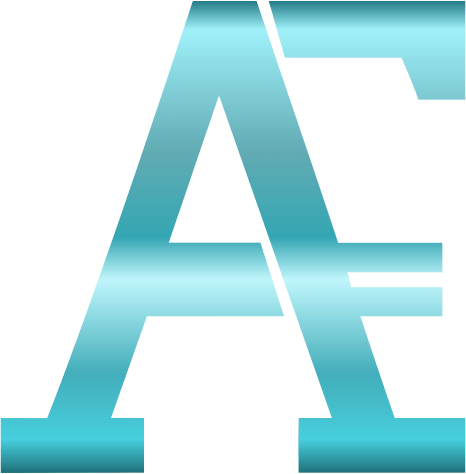The bear market of 1937-1942 began when the Great Depression was still ongoing in the 1930s, but at the same time there was the threat of war, which finally broke out in Europe in September 1939. The Dow Jones Industrial Average lost 52.2% of its value during this bear market.
In the six months between August 1937 and January 1938, the US economy slumped as much as it had in the thirteen months following the stock market crash of 1929. From the peak in March 1937 to the trough in April 1938, stock prices fell by 58%, employment by 28% and both payrolls and industrial production by 43%.
The recession occurred in the middle of Franklin D. Roosevelt’s second term. Roosevelt, after a prolonged period of slow but significant recovery. The president and his advisers were aware that the recession’s impact on domestic politics and international ideological disputes was potentially enormous. The New Dealers had carefully constructed their public image as happy Depression fighters, purposefully contrasting it with the image of Hoover and the Republicans as the party of gloom and depression. Now it became apparent that the Roosevelt administration had its own depression.
Moreover, the apparent economic vitality of the new totalitarian regimes of the left and right in Europe and Asia made the recession a threat not only to the political survival of the New Deal but to the survival of liberalism in the world itself. The United States desperately needed to prove that liberal capitalism was capable of economic recovery, not only for the economic well-being of its own citizens, but also to counter the threats of fascism and communism around the world – a struggle made particularly evident at the time by the civil war in Spain. Faced with the most serious crisis of his time in office so far, Roosevelt seemed paralysed as his political advisers argued about possible ways to reverse the downturn.
History
When the US Federal Reserve tightened the reins again for the first time in March 1937 after a long phase of extremely loose monetary policy, the stock market fell by ten percent in the same month and by more than 50 percent within the following twelve months. And although share prices initially recovered significantly due to a renewed easing of monetary policy from May 1938, they were still trading around 36 percent below their old highs at the end of 1941 after a total of five years.
As the following chart of the Dow Jones Index shows, the stock market recovered in the meantime after the first major slump in 1937 and at the beginning of 1938. However, it only reached its final low on 28 April 1942 with an index level of 92.92 points.
Causes
The cause of the bear market is said to be the monetary tightening that the US Federal Reserve began in 1935. Put simply, the Fed had raised interest rates too soon after the Great Depression.
Ray Dalio, the manager of the world’s largest hedge fund Bridgewater Associates, wrote about this in an article of 18 May 2015 for Business Insider that the Fed raised interest rates eight years after the 1929 crisis following an accommodative monetary policy to stimulate the economy, which Ray Dalio believes was still too early.
At the peak of the stock market bubble, the debt ceiling was reached, which also marked the peak of the economy (1929)
In the midst of the depression, interest rates fell to zero (1931)
The Fed cranks up the printing press and initiates a deleveraging (1933)
Stock markets then began a rally (1933-1936)
During a cyclical recovery, the economy also improved (1933-1936)
The central bank tightens monetary policy, leading to a self-reinforcing downturn (1935)
Development of the DIJA from January 1936 to September 1943

Course of the crisis | S&P 500 Index
7 Medium-term fractal indicators - 1936

7 Medium-term fractal indicators - 1937



